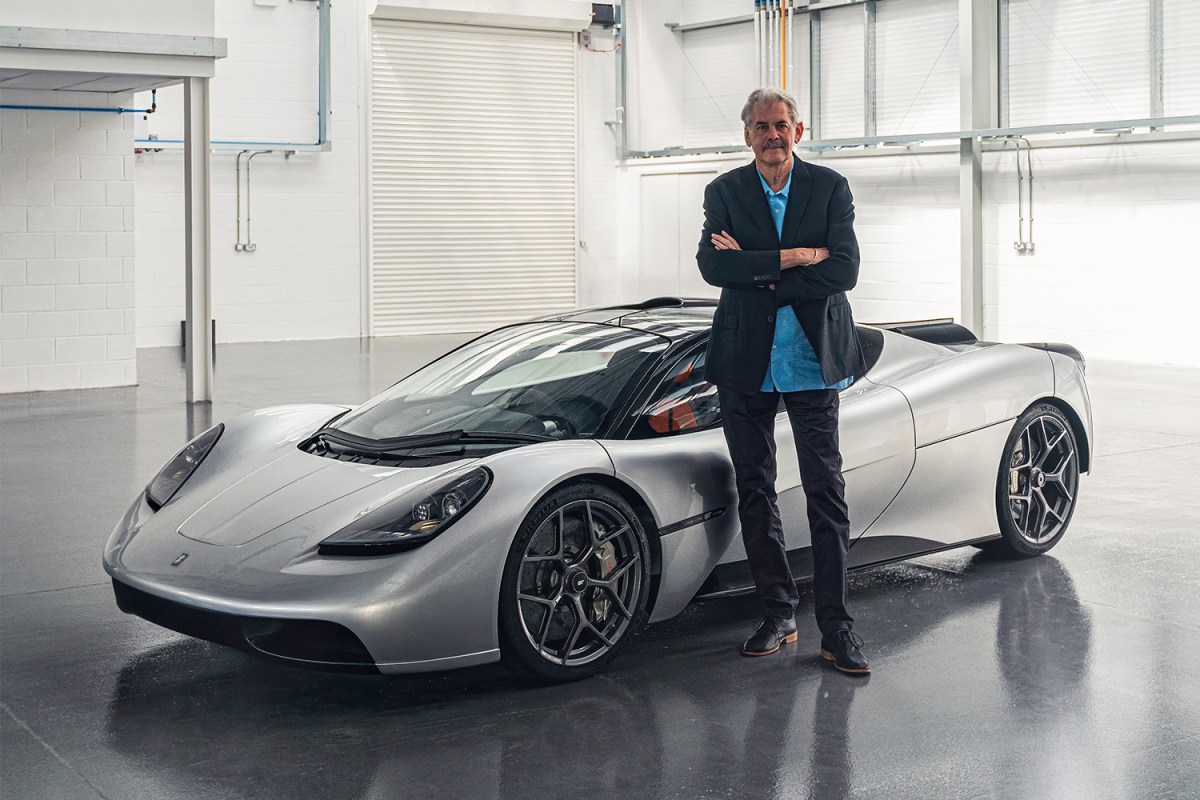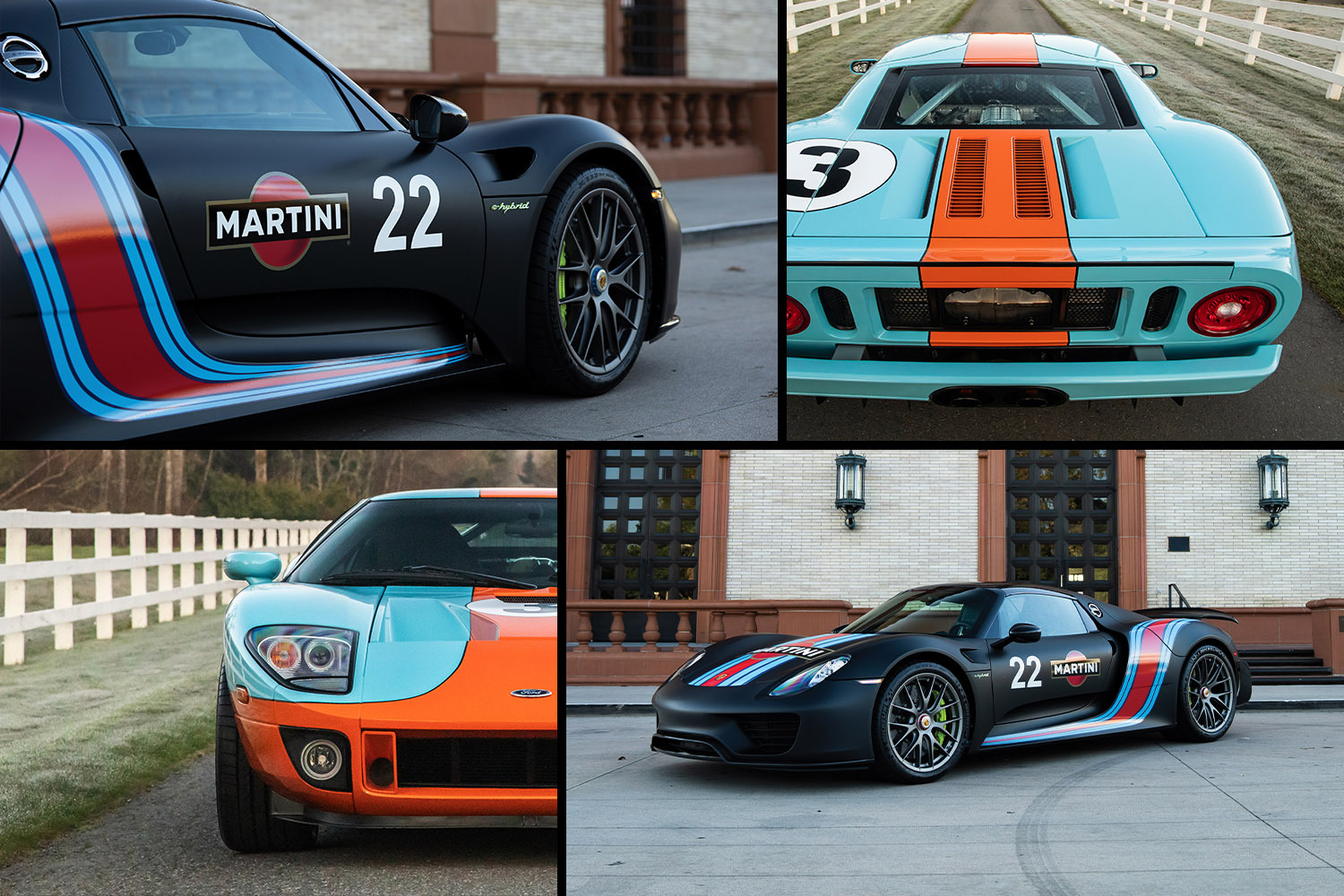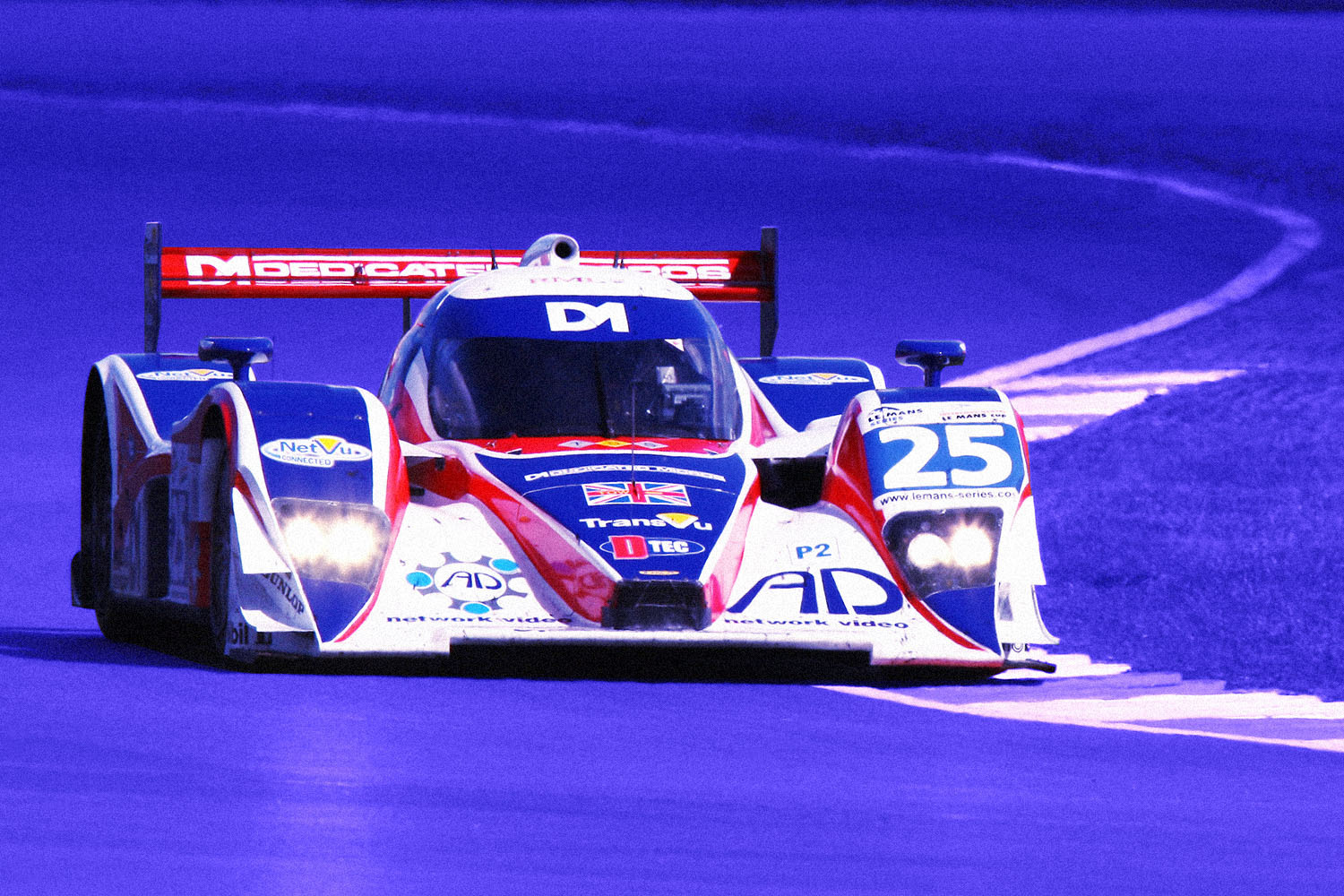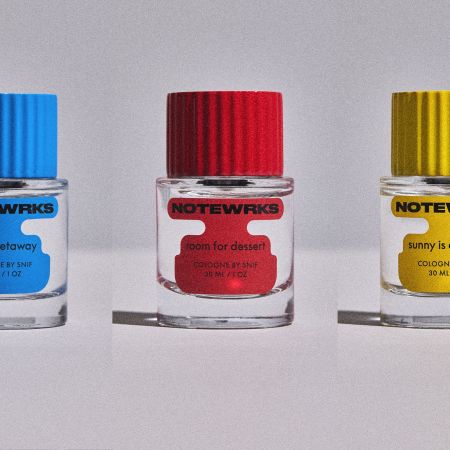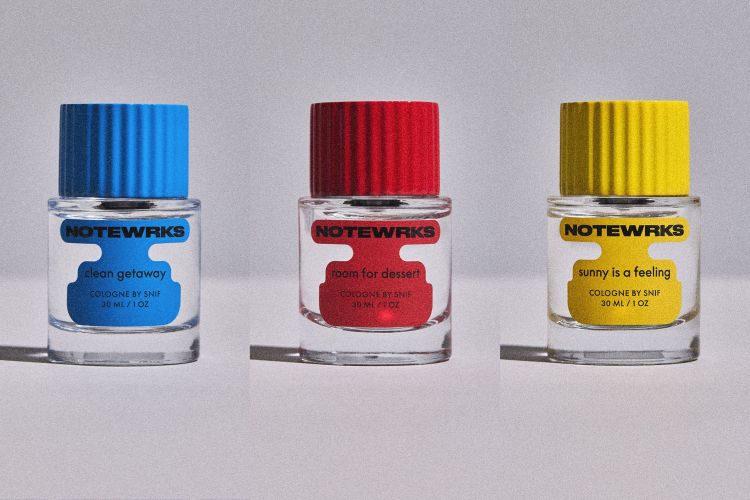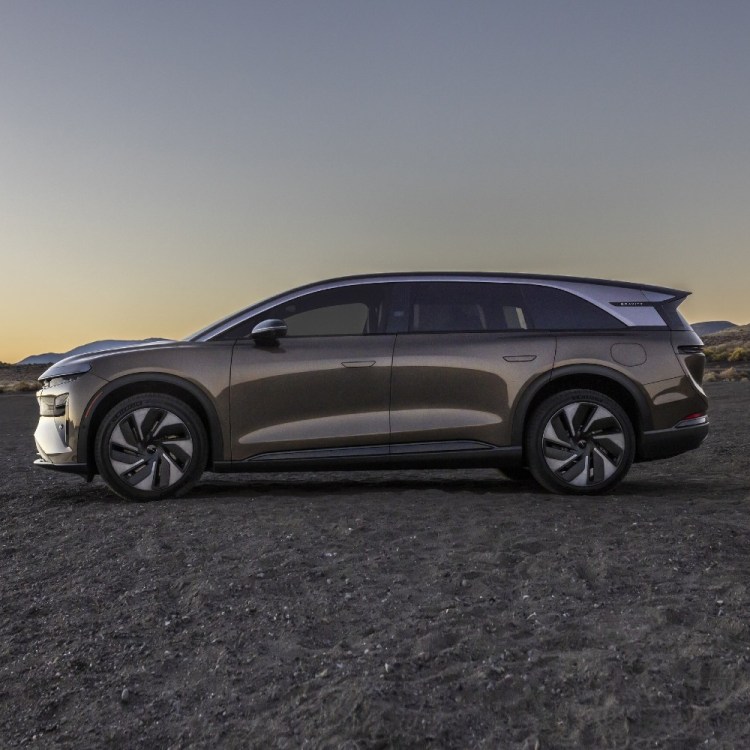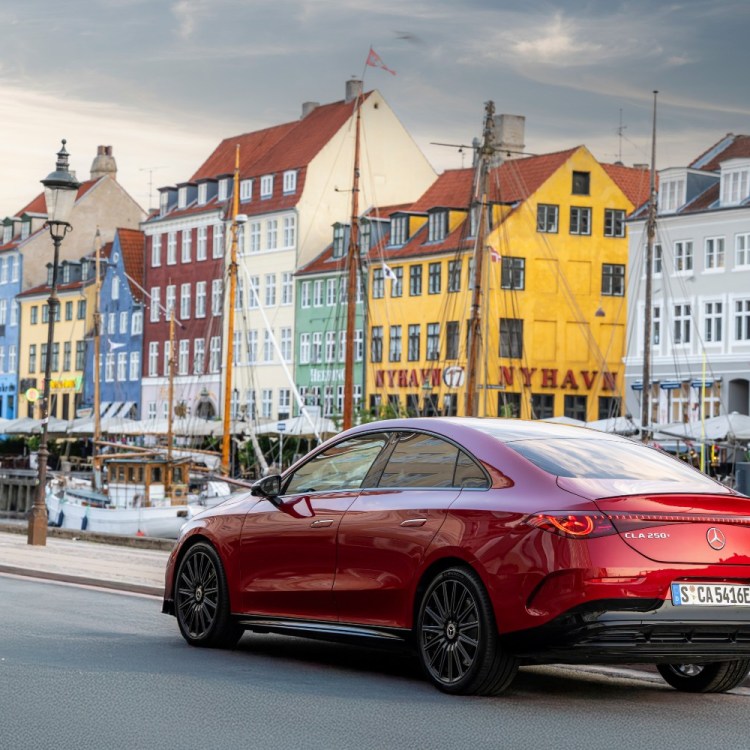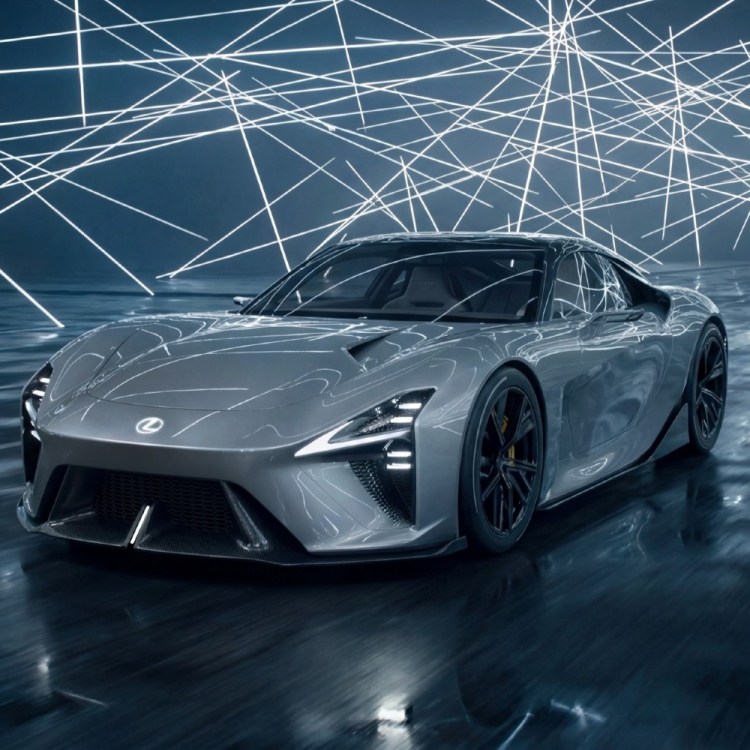Gordon Murray doesn’t need to prove anything to anyone.
The legendary automotive designer is the genius behind the McLaren F1, the first road car from the racing outfit and widely considered one of the greatest (and hardest-to-find) cars ever made, even 30 years after its debut. But his story isn’t a one-hit-wonder tale — more than 50 years of designing Formula One cars, road-legal supercars and also less ludicrously expensive vehicles has made the phrase “Gordon Murray is God” more than some banners at the raceway.
But despite Murray being 74 years old and more than able to retire to his paintings of the English countryside, the South-African born designer had one last big job to pull off.
“I have a hankering to do one more supercar, and I wouldn’t have unless these one-and-a-half-tonne hybrid monsters hadn’t come out. I would have left it with the F1,” Murray told Goodwood Road & Racing back in 2014. “But now there’s a point to be proven: that you can still do a great driver’s car with an internal combustion engine and pure engineering.”
The cars he’s talking about are the Lamborghini Sián, the Koenigsegg Gemera and their ilk, supercars that prioritize top speeds and horsepower — specs that most drivers can’t comprehend anyway — at the expense of thoughtful design and a pleasurable driving experience. Monstrous engines and batteries, it turns out, are pretty heavy.
Murray made his priorities clear in a recent interview with Jalopnik when he waxed poetic about how most of the original 100-or-so F1 buyers actually drove their cars. “We had one customer that when it came in for service it had, like, you know, tennis shoes and Coke cans rattling around and it hadn’t been cleaned for a couple of weeks,” he said, probably with a smirk.
So he did it. He made one more supercar, and in a fitting mark of his storied career, it even bears his name: the Gordon Murray Automotive T.50. The $3 million successor to the F1 was finally unveiled this week, and has received near universal acclaim. Even though customer cars won’t even begin production until January 2022, “two-thirds of the 100 cars to be made are spoken for, and half of those buyers have paid both the first and second of the three monetary payment installments required,” Bloomberg reported.

The most important details of the T.50, in Murray’s eyes, aren’t top speed or 0-to-60 time. In fact, GMA isn’t even revealing those numbers, because, according to them, that’s not the point of this (and shouldn’t be the point of any street car). Instead, the company touts the 2,173-pound vehicle weight, which is anywhere from a third to half as heavy as other supercars on the market, as well as the beating heart inside the flyweight, a brand-new 3.9-liter, 654-horsepower V12 that they’re calling “the world’s lightest, highest-revving, most power dense naturally-aspirated road car engine.”
To some of you, that may trigger a Pavlovian response. For others, that still might be too much jargon to appreciate. Then how about this: the T.50 not only features a stick shift (in an H-pattern), but also three whole seats (with the driver seat center and offset from the passenger seats, which are recessed) and even room for carry-on-size bags.
Of course, there are technical marvels happening throughout the design that make luggage space seem unworthy of mention — including a rear-mounted fan that recalls Murray’s Brabham BT46 — but what it illustrates is a fundamental difference in priorities between Murray and the new generation of car architects.
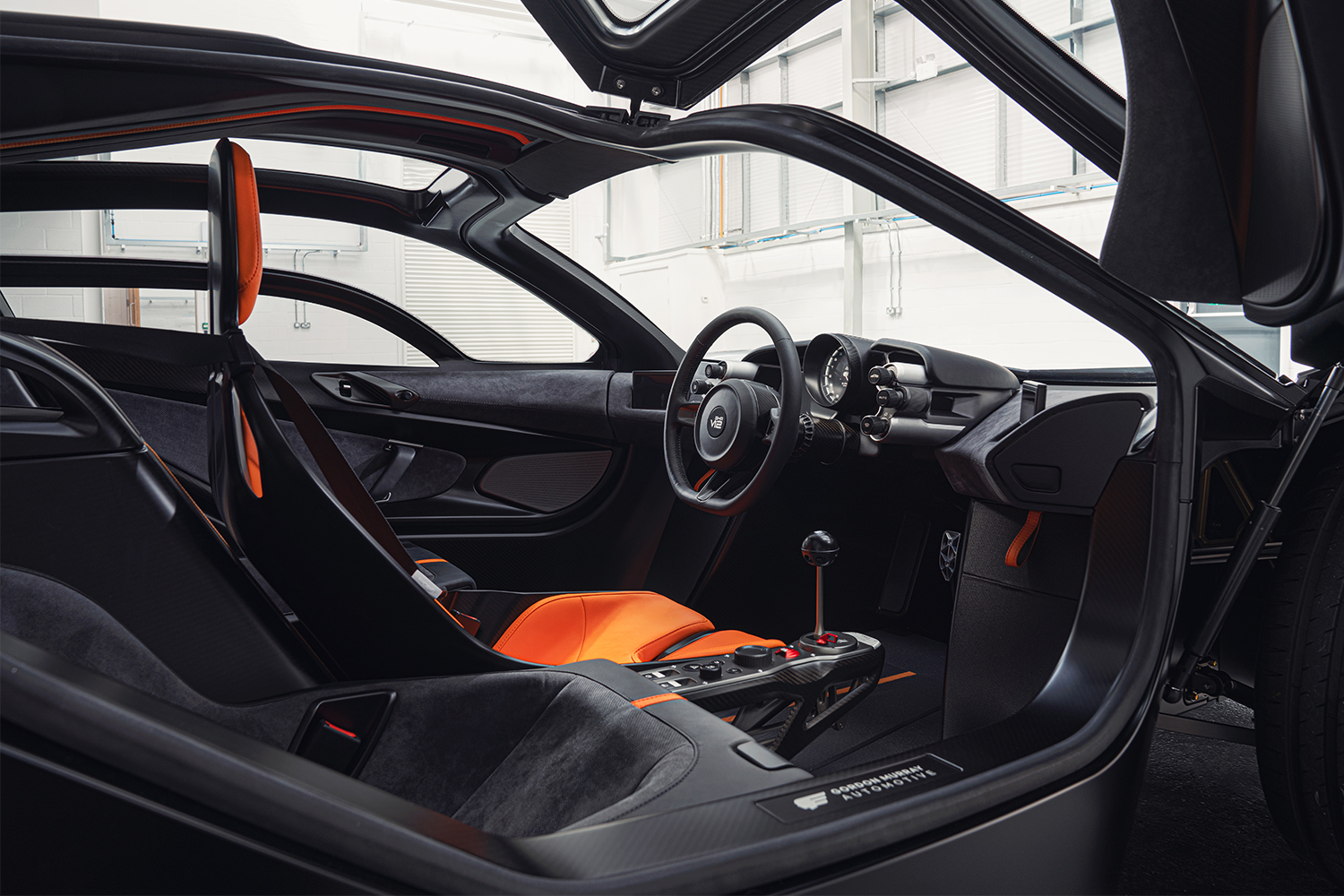
“The T.50 buyers fit the F1 owner profile,” Murray told Bloomberg. “They’re people who appreciate driving the car and using the car. They all tell me exactly the same thing: ‘When I was a teenager, the poster on the wall was the F1. I started a business; 10 years later, the business was successful. F1s — you can’t really find one anymore, so this is my McLaren F1.’”
In other words, while the car nerds have been gushing over the T.50 this week, and rightfully so, in the end this may be the end of an era of sorts. Younger supercar buyers may not need a manual or brand-new V12, and they may not even want something they have to fill up at the gas station. But is the world better off when Gordon Murray is designing cars?
That’s a rhetorical question.
This article appeared in an InsideHook newsletter. Sign up for free to get more on travel, wellness, style, drinking, and culture.
